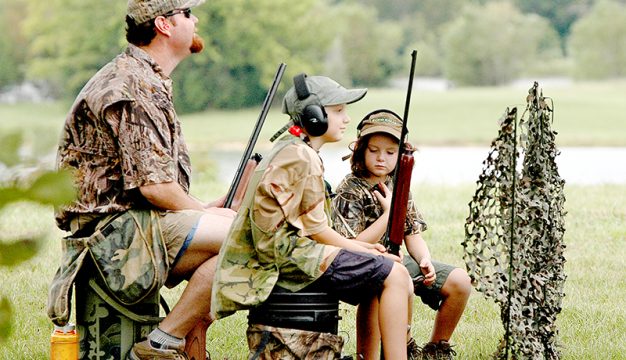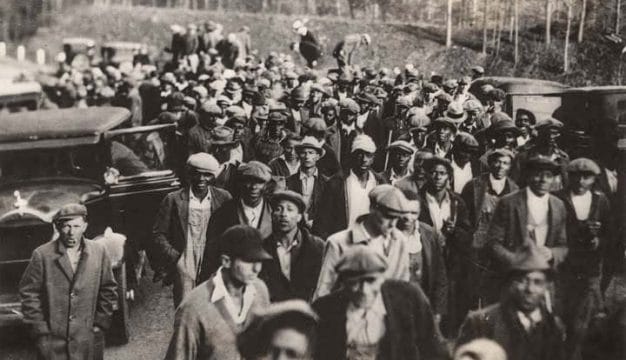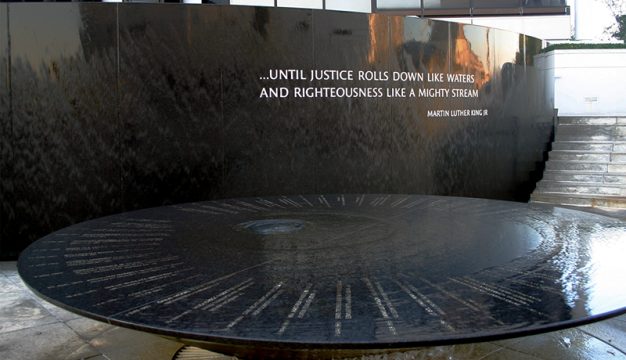Nick Saban
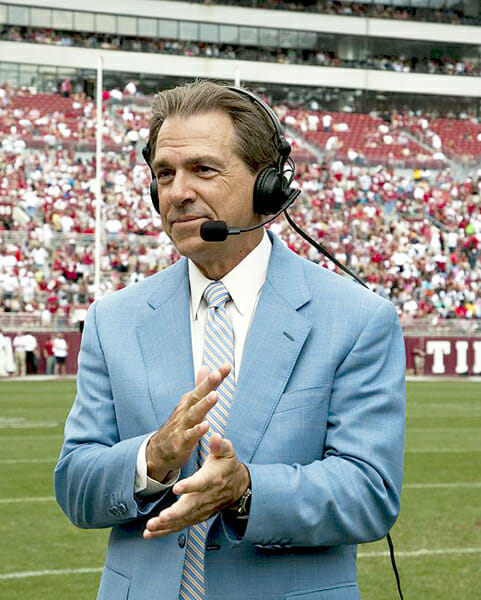 Nick Saban
Nick Saban (1951- ), the current head football coach of the University of Alabama (UA) football team, has been one of the most successful coaches in the history of the Crimson Tide football program. Since his hire in January 2007, Saban has guided Alabama to Bowl Championship Series national championships following the 2009, 2011, and 2012 seasons, College Football Playoff National Championships following the 2015, 2017, and 2020 seasons, and eight Southeastern Conference (SEC) championships. He also has held numerous other coaching positions at the college level and in the National Football League (NFL).
Nick Saban
Nick Saban (1951- ), the current head football coach of the University of Alabama (UA) football team, has been one of the most successful coaches in the history of the Crimson Tide football program. Since his hire in January 2007, Saban has guided Alabama to Bowl Championship Series national championships following the 2009, 2011, and 2012 seasons, College Football Playoff National Championships following the 2015, 2017, and 2020 seasons, and eight Southeastern Conference (SEC) championships. He also has held numerous other coaching positions at the college level and in the National Football League (NFL).
Nicholas Lou Saban Jr. was born on October 31, 1951, in Fairmont, West Virginia, to Nicholas and Mary Saban. His father owned a Gulf gas station and Dairy Queen about 10 miles from Fairmont. The younger Saban began working at the businesses when he was 11 years old. The elder Saban also coached the local Pop Warner Youth League football team, the Ida Mac Black Diamonds, on which Nick Jr. played quarterback. Saban played for the Monogah High School Lions, starting for three seasons as quarterback. With Saban, the Lions went on a 30-game winning streak and won the 1967 2A State Championship. During his senior year in 1968, the athletically gifted Saban was named all-state in football, basketball, and baseball.
Saban attended Kent State University on a football scholarship and was a starting defensive back for the Golden Flashes from 1970 to 1972. During his freshman year on May 4, 1970, four students were killed after the Ohio National Guard fired on an anti-Vietnam war protest. Although Saban did not witness the shooting, he saw the dead and wounded students lying on the ground. He later said the event affected him deeply. In 1971, Saban married Fairmont native Terry Constable. They first met at a junior high science camp and began dating during his senior year in high school. (Saban and his wife have two adopted children.) In 1972, Saban's senior season, the Golden Flashes claimed the school's only Mid-American Conference title so far and played in its first bowl game, the 1972 Tangerine Bowl.
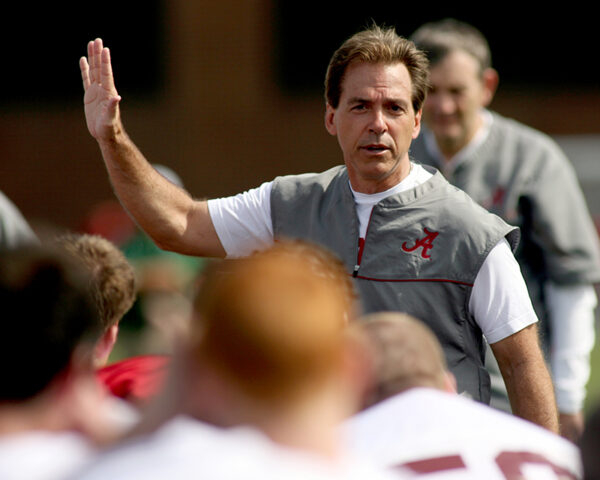 Nick Saban at Spring Football Practice
After obtaining his bachelor's degree in business from Kent State in 1973, Saban began work on a post graduate degree and became a graduate assistant on the football team. In 1975, after earning his master's in sports administration, Saban joined the Kent State staff as linebackers coach. During the next six years, Saban served as an assistant coach at Syracuse University, West Virginia University, Ohio State University, and the U.S. Naval Academy. In 1983, he was hired by the Michigan State University (MSU) Spartans as a defensive backs coach and a year later was named the defensive coordinator. After five years there, Saban moved to the NFL as a secondary coach with the Houston Oilers. He stayed two seasons before taking his first head coaching job at Toledo University in Ohio, leading the Rockets to a 9-2 season and Mid-American Conference co-championship in 1990.
Nick Saban at Spring Football Practice
After obtaining his bachelor's degree in business from Kent State in 1973, Saban began work on a post graduate degree and became a graduate assistant on the football team. In 1975, after earning his master's in sports administration, Saban joined the Kent State staff as linebackers coach. During the next six years, Saban served as an assistant coach at Syracuse University, West Virginia University, Ohio State University, and the U.S. Naval Academy. In 1983, he was hired by the Michigan State University (MSU) Spartans as a defensive backs coach and a year later was named the defensive coordinator. After five years there, Saban moved to the NFL as a secondary coach with the Houston Oilers. He stayed two seasons before taking his first head coaching job at Toledo University in Ohio, leading the Rockets to a 9-2 season and Mid-American Conference co-championship in 1990.
Bill Belichick, the new head coach of the Cleveland Browns, hired Saban to be his defensive coordinator in 1991. Saban and Belichick had met first in 1982 when Saban was on the staff at the Naval Academy, where Belichick's father was also an assistant coach. In Saban's four seasons on the Browns staff, the team went from allowing the most points (462) in the NFL before Saban's arrival to allowing the fewest points (204). The 1994 team won 11 games and made it to the NFL playoffs.
In 1995, Saban returned to the college ranks as head coach at Michigan State. There, he led the Spartans to a bowl game in four of his five seasons. In 1999, the team finished with an 11-2 record, tied for second place in the Big Ten and ranked seventh in two polls. After the regular season, Saban announced that he had accepted the position as head coach at Louisiana State University (LSU). Saban finished his tenure as head coach at MSU with a 34-24-1 (.585) record.
Saban arrived in Baton Rouge, Louisiana, to revitalize an LSU football program that had languished in the 1990s. Within two years, the Tigers won their first SEC championship, a 31-20 win over second-ranked Tennessee in 2001. In 2003, Saban led LSU to its second conference championship, a 34-14 victory over the University of Georgia. In the BCS National Championship game, the Tigers defeated the University of Oklahoma 21-14 to complete a 13-1 record and earn the team's first national title since 1958. Saban led LSU to a bowl game in each of his five seasons and finished with a record of 48-16 (.750). After a 9-3 season in 2004, Saban announced on Christmas Day that he was leaving LSU to be head coach of the Miami Dolphins in the NFL.
Saban took over a Dolphins team at its lowest point since the first half-decade of the team's existence in the 1960s. In 2005, he led the Dolphins to a 9-7 record, but the team regressed the next year, finishing 6-10. Although he denied an interest in the University of Alabama head coaching job when it came open at the end of the 2006 season, three days after the Dolphin's final game Saban resigned and announced that he had accepted the Alabama offer.
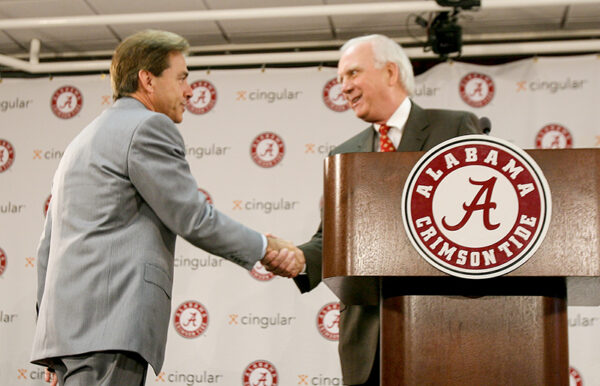 Nick Saban and Mal Moore
Saban took over a Crimson Tide program that had struggled during the previous decade. The team had been hamstrung by National Collegiate Athletic Association (NCAA) sanctions stemming from violations under former coach Mike Dubose as well as unusually high turnover in the top job. When he was hired, Saban became the Crimson Tide's fifth head coach in six years. His predecessor, Mike Shula, was fired after a 6-6 season and after failing to beat rival Auburn University in the two schools' annual Iron Bowl. Alabama gave Saban an eight-year contract worth $32 million, making him at the time the highest-paid college coach. Saban's first season ended in four straight losses, including a humiliating 21-14 home defeat by the University of Louisiana at Monroe. That loss was followed by Alabama's sixth straight loss to Auburn, the Crimson Tide's longest losing streak of the rivalry. Even worse, the season record would later be reduced to 2-6 because of NCAA sanctions that vacated most of Alabama's wins that year.
Nick Saban and Mal Moore
Saban took over a Crimson Tide program that had struggled during the previous decade. The team had been hamstrung by National Collegiate Athletic Association (NCAA) sanctions stemming from violations under former coach Mike Dubose as well as unusually high turnover in the top job. When he was hired, Saban became the Crimson Tide's fifth head coach in six years. His predecessor, Mike Shula, was fired after a 6-6 season and after failing to beat rival Auburn University in the two schools' annual Iron Bowl. Alabama gave Saban an eight-year contract worth $32 million, making him at the time the highest-paid college coach. Saban's first season ended in four straight losses, including a humiliating 21-14 home defeat by the University of Louisiana at Monroe. That loss was followed by Alabama's sixth straight loss to Auburn, the Crimson Tide's longest losing streak of the rivalry. Even worse, the season record would later be reduced to 2-6 because of NCAA sanctions that vacated most of Alabama's wins that year.
In 2008, Saban and Alabama turned the corner, defeating ninth-ranked Clemson University in the season opener and winning games with every other opponent. In November, Alabama was the top-ranked team in the country and concluded the regular season with a dominating 36-0 win over Auburn to end the Tigers' Iron Bowl streak. However, Alabama fell to the second-ranked University of Florida, 31-20, in the SEC Championship and then lost to the University of Utah, 31-17, in the Sugar Bowl. In 2009, Saban led Alabama to a 13-0 regular season record with a 32-13 win over top-ranked Florida in the conference championship. Saban and the Tide then faced the University of Texas at Austin in the BCS National Championship game. With a 37-21 victory over the Texas Longhorns, Saban had guided the Crimson Tide to its first national title since 1992.
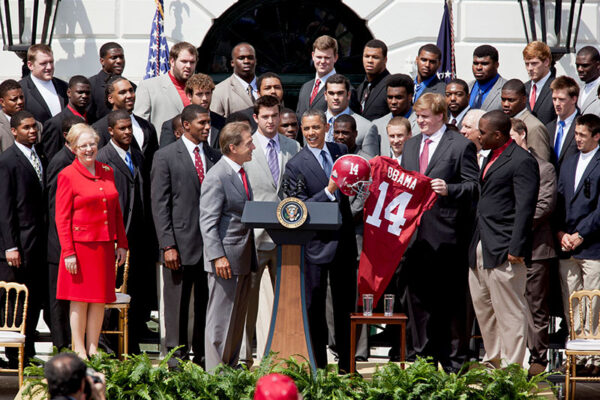 Crimson Tide at the White House
The next season marked a step back for Saban. His team suffered three losses, including a painful come-from-behind victory by eventual BCS champion Auburn at home. In 2011 and 2012, the Crimson Tide had winning seasons, suffering just one loss each season on the way to back-to-back national titles. Saban and the Crimson Tide responded to a 9-6 overtime defeat to LSU in the 2011 regular season by defeating the Tigers 21-0 in the BCS National Championship game. In 2012, a 29-24 home loss to Texas A&M was the only setback in another championship season. Saban and Alabama beat Georgia 32-28 to claim the SEC title and then defeated Notre Dame 42-14 in the BCS national championship game for their third BCS championship. Alabama and Saban have since won SEC titles in 2014, 2015, 2016, 2018, 2020, and 2021. They also won the 2016 National Championship, defeating Clemson University 45-40, but lost to Clemson in 2017, defeated the University of Georgia in 2018, and were beaten by Clemson 44-16 in 2019. Saban and Alabama returned to form with an unbeaten 2020 season and a convincing 52-24 title win over Ohio State in 2021 but fell to Georgia 33-18 in 2022. He has also coached four players to Heisman Trophy awards thus far: Mark Ingram Jr. (2009), Derrick Henry (2015), DeVanta Smith (2020), and Bryce Young (2021), a feat achieved by very few coaches.
Crimson Tide at the White House
The next season marked a step back for Saban. His team suffered three losses, including a painful come-from-behind victory by eventual BCS champion Auburn at home. In 2011 and 2012, the Crimson Tide had winning seasons, suffering just one loss each season on the way to back-to-back national titles. Saban and the Crimson Tide responded to a 9-6 overtime defeat to LSU in the 2011 regular season by defeating the Tigers 21-0 in the BCS National Championship game. In 2012, a 29-24 home loss to Texas A&M was the only setback in another championship season. Saban and Alabama beat Georgia 32-28 to claim the SEC title and then defeated Notre Dame 42-14 in the BCS national championship game for their third BCS championship. Alabama and Saban have since won SEC titles in 2014, 2015, 2016, 2018, 2020, and 2021. They also won the 2016 National Championship, defeating Clemson University 45-40, but lost to Clemson in 2017, defeated the University of Georgia in 2018, and were beaten by Clemson 44-16 in 2019. Saban and Alabama returned to form with an unbeaten 2020 season and a convincing 52-24 title win over Ohio State in 2021 but fell to Georgia 33-18 in 2022. He has also coached four players to Heisman Trophy awards thus far: Mark Ingram Jr. (2009), Derrick Henry (2015), DeVanta Smith (2020), and Bryce Young (2021), a feat achieved by very few coaches.
Saban's coaching method, which is sometimes referred to as the "Process," emphasizes consistency of performance across the organization. He developed this approach to team management and play at Michigan State and LSU, but he has employed it most successfully at Alabama. Soon after arriving he introduced the "4th Quarter Program" to improve the players' physical conditioning and the "Peer Leadership Council" to instill responsible behavior among players. His efforts have produced better and more cohesive playing and increased discipline among the players. Saban also increased recruiting efforts in order to bring in the best possible athletes.
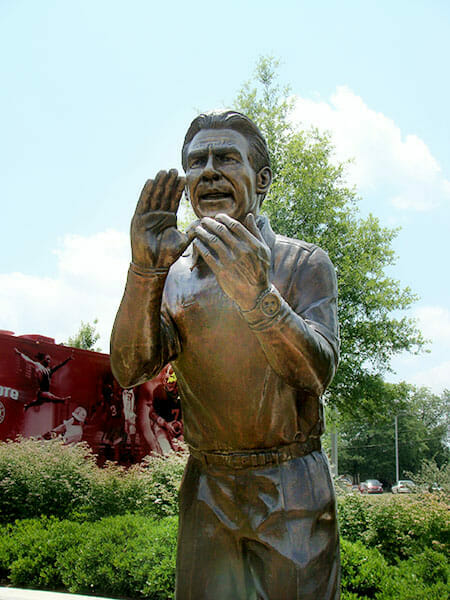 Nick Saban Walk of Champions Statue
So far, Saban is the only coach in college football history to win a national championship with two different Division 1 schools. In addition, Saban and long-time Alabama coach Paul "Bear" Bryant are the only coaches to win an SEC championship at two different schools. In his career, Saban has twice won both the Associated Press National Coach of the Year award (2003 and 2008) and the Eddie Robinson Coach of the Year award (2003 and 2008). He has been named the SEC Coach of the Year five times and has earned many other awards, including the Paul "Bear" Bryant Award in 2003 and 2020.
Nick Saban Walk of Champions Statue
So far, Saban is the only coach in college football history to win a national championship with two different Division 1 schools. In addition, Saban and long-time Alabama coach Paul "Bear" Bryant are the only coaches to win an SEC championship at two different schools. In his career, Saban has twice won both the Associated Press National Coach of the Year award (2003 and 2008) and the Eddie Robinson Coach of the Year award (2003 and 2008). He has been named the SEC Coach of the Year five times and has earned many other awards, including the Paul "Bear" Bryant Award in 2003 and 2020.
In addition to his football career, Saban has participated in several charitable organizations. While at Michigan State, he and his wife inaugurated the Nick's Kids Fund (named for his father) in 1998 to assist disadvantaged children. The Sabans continue to actively support the now-Tuscaloosa-based charity, which distributes funds to other charities and is currently working in coordination with Project Team Up and Habitat for Humanity to build homes for people affected by the April 27, 2011, tornado that struck Tuscaloosa County.
Further Reading
- Saban, Nick, and Sam King. Tiger Turnaround: LSU's Return to Football Glory. Chicago: Triumph Books, 2002.
- Saban, Nick, and Brian Curtis. How Good Do You Want to Be? A Champion's Tips on How to Lead and Succeed at Work and in Life. New York: Ballantine Books, 2007.
